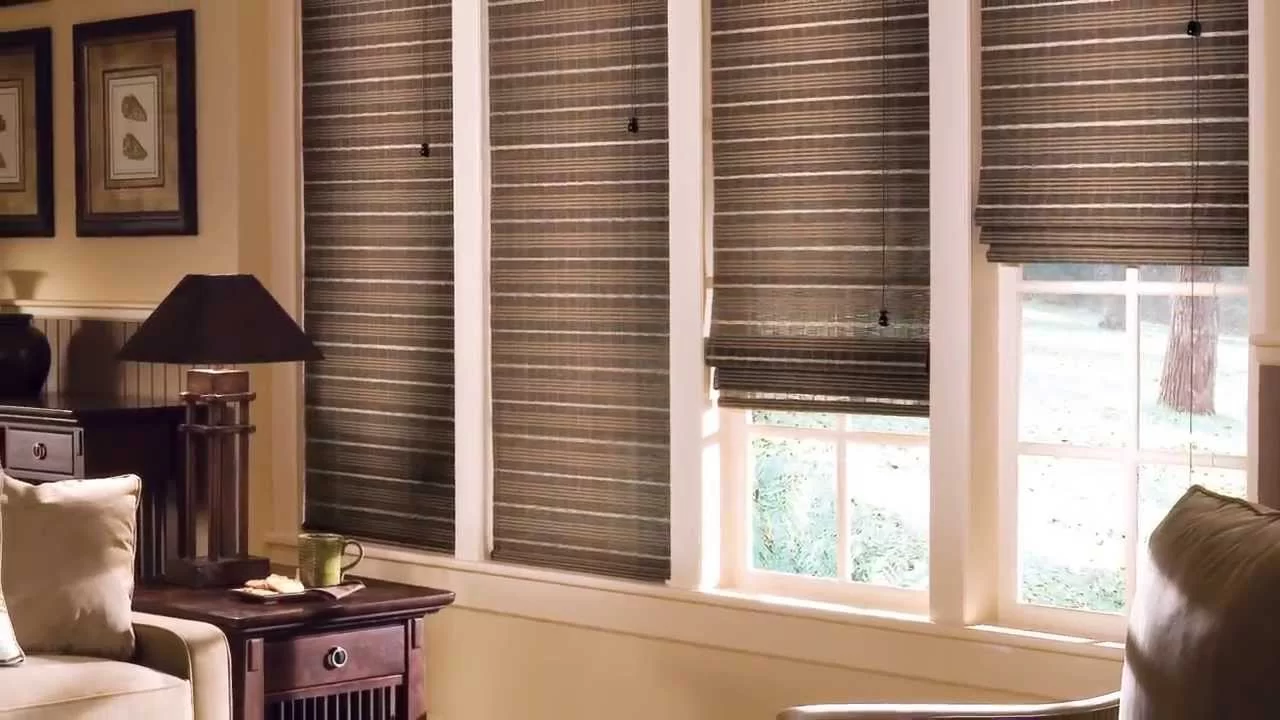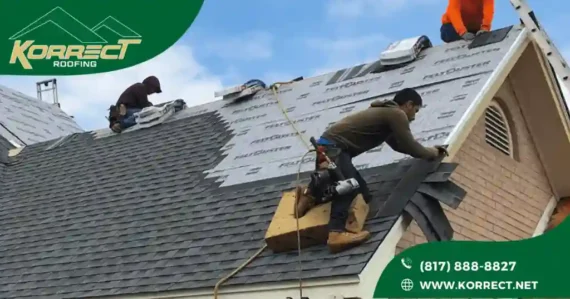Double glazed units are a great way to reduce energy consumption, while at the same time giving you a comfortable living environment. They also come in a wide range of colours and styles, so you’re sure to find a unit to suit your home’s needs. The trick is to find a good fabricator who can supply you with high quality, energy efficient glazing.
Insulating Material
An insulating material for double glazed units fabricator is designed to reduce heat transfer through the glass and keep your house warm in winter and cool in summer. This type of glazing can be fabricated to meet many energy code and impact resistance requirements. In most cases, an insulated unit is constructed of two or three panes of glass separated by a spacer. The spacer is made of a thin, flexible material. A variety of options are available, including metal-oxide coatings, which provide a barrier between the inner and outer parts of the insulating unit.
The thickness of the insulating material for double glazed units can be varied to suit special applications. For example, if you are looking to create an ultra-efficient window, a thicker spacer is recommended. Also, the thickness of the gas space may be reduced to achieve a higher thermal insulation value. During the manufacturing process, internal stress is built into the glass, which can cause deformation. When this occurs, the image of light reflected from the glass is altered. This distortion is sometimes referred to as thermal stress cracking. However, it is not necessarily a sign of poor insulation.
Low-emissivity Glass
When it comes to the energy efficiency of your home, low-e glass for double glazed units is an enticing proposition. This glass helps you conserve energy, reduces the glare of sunlight, and reflects harmful UV rays. It also has the ability to act as a room divider. The main reason for the popularity of low-E glass is that it can save money on your electricity bill. It’s also better for the environment. It’s more insulating than standard uncoated glass, meaning that less heat is transferred inside. This means your air conditioning won’t have to run as long. And, of course, it will keep you warmer in the winter.
There are a few different kinds of Low E coatings to choose from. There’s the soft coat, which is usually applied after the glass is fabricated. It’s also available in hard-coat variants. In general, soft coats tend to have lower emissivity, and the best ones have a high spectrally selective rating.
Sealing With Desiccant
When you’re sealing double glazed units with desiccant fabricator you need a substance that will remove moisture from the air and keep it from leaking out. The moisture adsorption quality of the material you use will determine the lifespan of the unit. In addition, the size of the material you choose is also important.
Sealing double glazed units with desiccant uses a combination of materials, including a secondary sealant and a primary sealant. The secondary sealant provides a structural adhesive that holds the glass panes together. It is also used to ensure that the entire unit remains airtight.
The primary sealant is a rubbery plastic that keeps water vapor from passing through the edge of the unit. It is applied to the spacer on each side. It has good elasticity and cures quickly. Aside from being durable, sealants are easy to apply. They are available in many different materials. Some manufacturers have developed single-step application systems.
Noise Reduction
China oversized structural glass is a specialist in the construction of windows for the purpose of reducing noise. These units are usually manufactured with two plies of glass with an air cavity between them. They are made with either tinted or smart glass.
These windows are designed to reduce the transfer of low frequency sounds into the home. They are also designed to reduce the transmission of medium and high frequency sounds. For example, if a noise reaches a rated of 35 decibels, then a window can be expected to have a U-value of at least 1.2W/m2K. This means that 94% of the volume of the noise is reduced.
The most common method for reducing noise is to increase the thickness of the glass. For example, two plies of 4 mm glass with a 20 mm cavity will attenuate the sound by 33 db. Triple glazing is another option for improving noise reduction. The third pane of glass is filled with argon to suppress the sounds. This gas is heavier than air, making it harder for the sound to pass through. It is also effective at retaining heat.
Last Word
Double Glazed Units are made of two glass panes separated by a spacer bar. The gap between the panes is filled with a secondary sealant. This reduces the heat loss and keeps the occupants warm. The spacer frame is manufactured using either steel or aluminum. It is then cut to the correct length. It is then joined with compatible corner keys.




